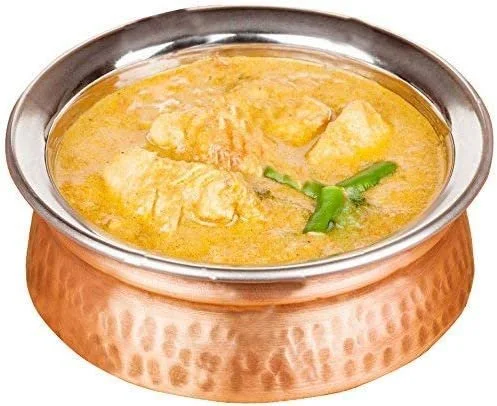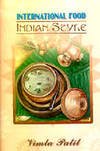Curry
Curries are stews flavored with a particular blend of spices. The dishes have their roots in India, but there are versions everywhere in the world.
Curry-like spice mixtures -- mustard seed, cumin, saffron, etc -- have a long history. They've been found in excavations dating to 2500 B.C. in the Indus Valley of what is now Pakistan, according to `A World of Curries'' by Dave DeWitt and Arthur Pais, and are mentioned in the Vedas, the sacred literature of the Hindus.
First grown in abundance along the Malabar Coast of Kerala in India, curries began a worldwide journey courtesy of the British Empire.
In the Pacific Islands, curries come with pineapple; in Vietnam and other Southeast Asian countries, they include lemon grass and coconut milk. You'll find peanuts in some African curries.
Curries became especially popular in the U.S. in the 1920. M.F.K. Fisher, the renowned food writer, loved the taste of curry and wrote of making deviled eggs with it as a child.
Although the definition of curries and the specific blend of curry ingredients is multitudinous, there is some agreement about their preparation. Most cooks that the blend first must be roasted:
Heat the whole spices in a dry skillet just enough so that they begin to color and you can smell them. Then, cool the spices before grinding them.
When you are set to cook your curry, fry the spice mixture briefly in hot oil to coax the release of its flavors.
Recipe: Curry Powder
1 1/2 tablespoons mustard seeds.
3 tablespoons cumin seeds.
4 tablespoons coriander seeds
1 tablespoon cardamom seeds
1 3-inch-long piece cinnamon stick, broken up
1 tablespoon ground cayenne pepper
Place mustard, cumin, coriander, cardamom and cinnamon in a small non-stick skillet. Toast over medium high until seeds start to darken and are aromatic.
Stir frequently. Remove from heat. Stir in cayenne and turmeric.
Cool mixture, then put it into a spice grinder and grind to a fine powder. Store in a cool, dry place in a glass jar with a tight lid.
Keeps 3 months. Makes about 3/4 cup.


